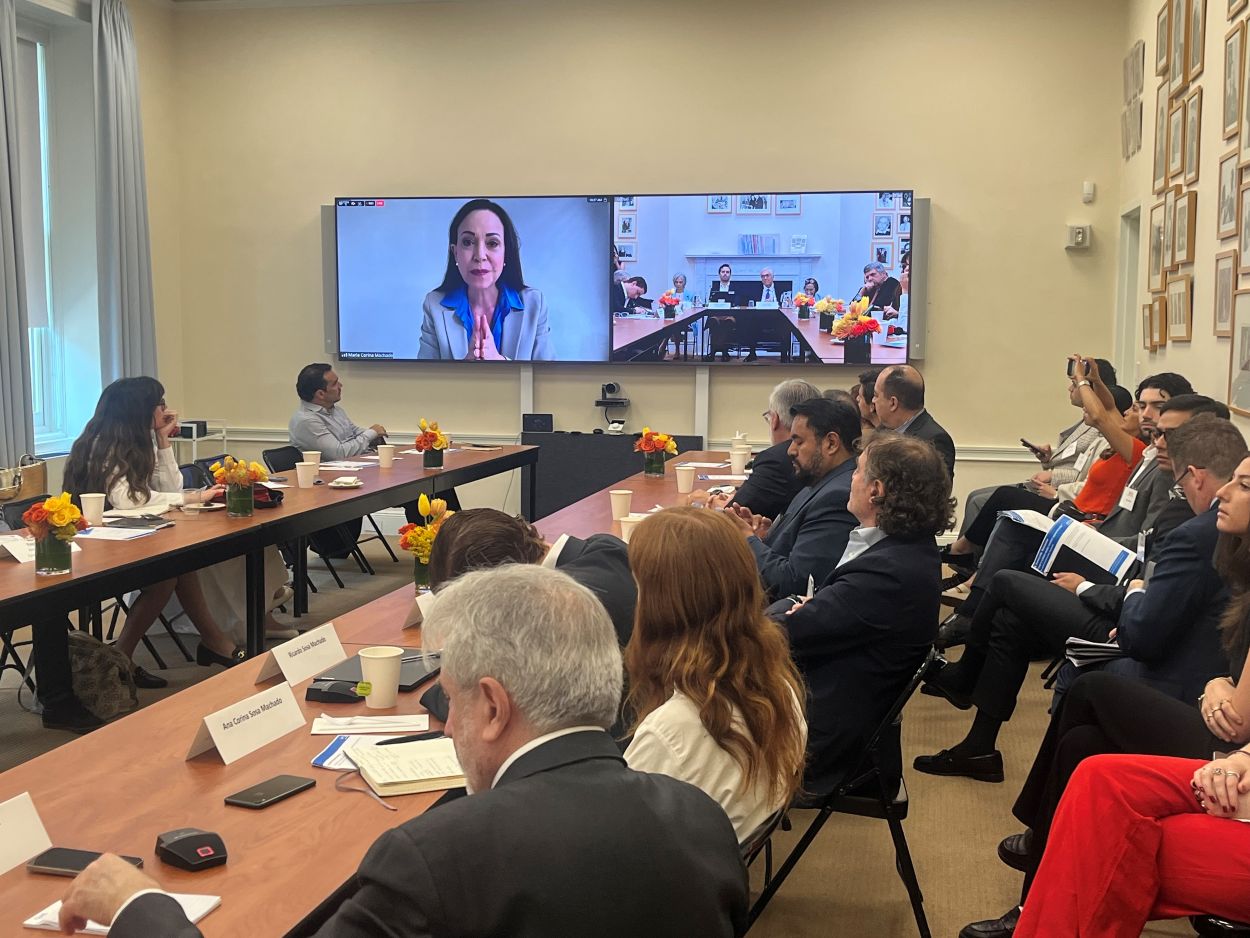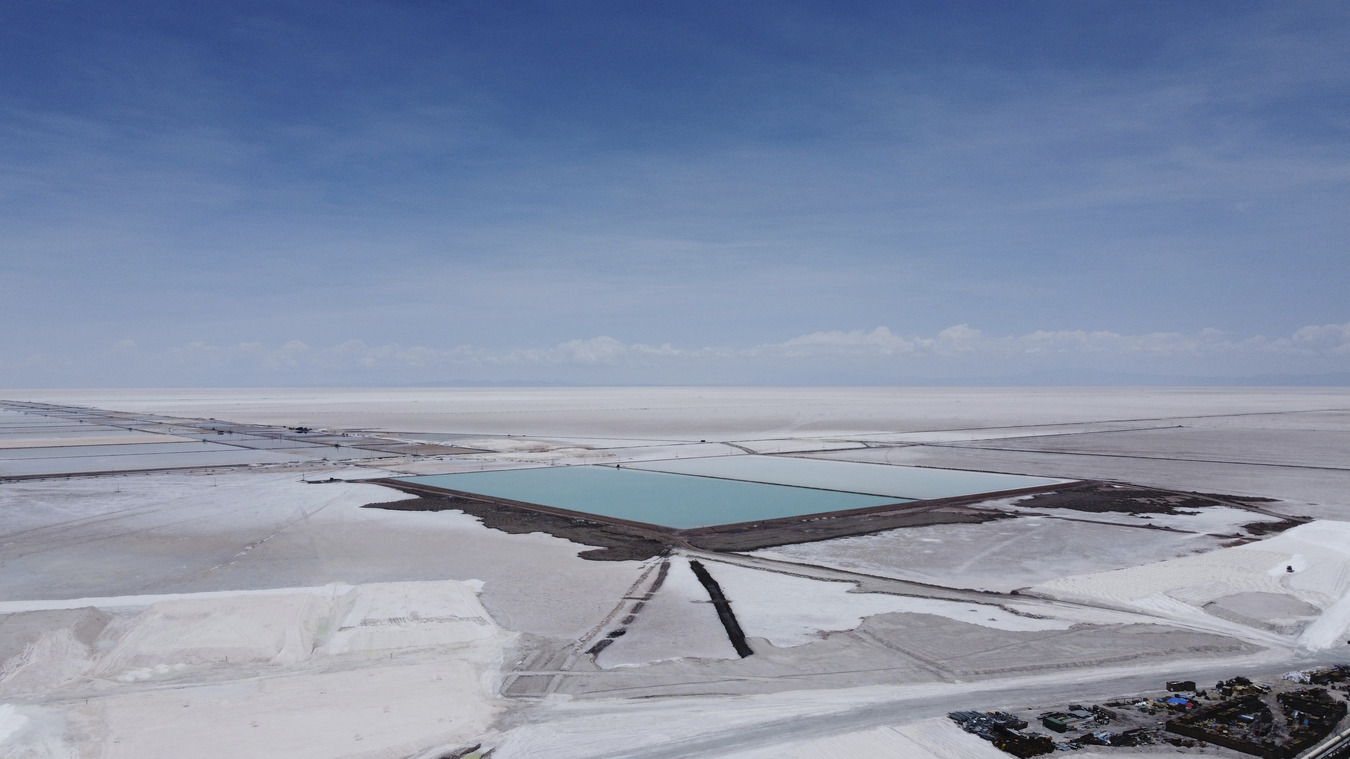AS/COA Online Explains: What Comes after Panama's Canal Expansion?
AS/COA Online Explains: What Comes after Panama's Canal Expansion?
Nine years and $5.3 billion later, Panama opened its expanded canal for business on June 29, 2016 when it welcomed a Chinese Cosco Shipping freight through the locks. While the Canal's greater capacity promises more revenue for a more competitive Panamanian economy, Asian countries and the United States are also among the top beneficiaries of the expansion—in part as a result of the U.S. shale gas revolution. "It’s an opportunity that was not there when we were doing the feasibilities and the economic studies of the expanded canal," said Panama's Commerce Minister Augusto Arosemena on the sidelines of AS/COA's Latin American Cities Conference in Panama City. "It’s a great icing on the cake."
On July 25, the first freight of liquified natural gas to transit the canal was in fact a U.S. ship. Now, the growing economies of East Asia are "going to be able to access cheaper and more reliable energy," said U.S. Ambassador to Panama John D. Feeley.
But Panama has to keep growing in other ways too: addressing a culture of corruption, developing a more sophisticated workforce, and investing in more infrastructure to support its goal to be a logistical hub. In other words, more billion-dollar projects are already in the works.








